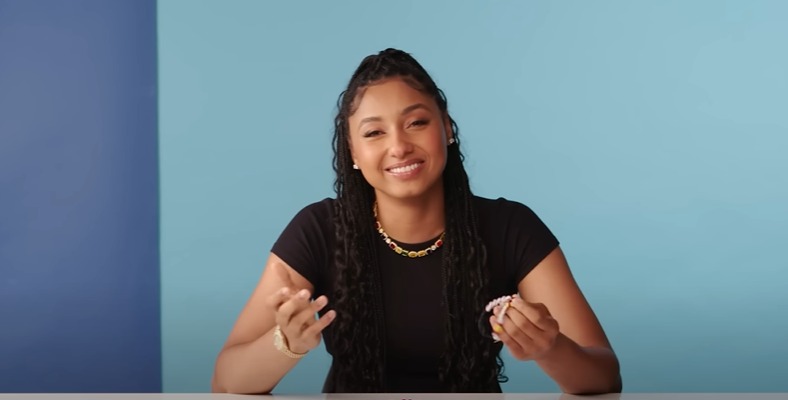Rising college basketball star Juju Watkins suffered an abrupt and severe setback when she tore her ACL early in USC’s matchup with Mississippi State in the second round of the NCAA Tournament. Her season ended abruptly as she drove hard toward the basket and collided unexpectedly, starting a difficult road of recovery and perseverance. In addition to stopping her current momentum, this injury raises questions about her athletic future—a problem that many top athletes face in comparable situations.
Restoring knee stability through reconstruction surgery for an ACL tear is a delicate process that frequently involves grafting tissue from the hamstring or patellar tendon. Juju’s surgery, which is set for April 2025, is the first in a rigorous rehabilitation period that could last anywhere from nine months to two years. As she gradually regains her strength and mobility, the 2025–26 season will probably be lost, according to medical experts who emphasize the significance of a patient’s careful recovery to prevent re-injury.
| Juju Watkins | Bio and Career Information |
| Full Name | Juju Watkins |
| Date of Birth | July 3, 2003 |
| Hometown | Los Angeles, California |
| College Team | USC Trojans Women’s Basketball |
| Position | Guard |
| Height | 6’0″ (183 cm) |
| Notable Achievements | National Player of the Year (2024), McDonald’s All-American |
| Injury Date | March 24, 2025 |
| Injury Type | Torn ACL (Right Knee) |
| Surgery Scheduled | April 2025 |
| Expected Recovery Time | 9-24 months |
| Official Website | USC Athletics |
Comparisons to other top athletes who have experienced comparable ACL injuries have been made since Watkins’ injury. Players in the NBA and WNBA, such as Diana Taurasi and Derrick Rose, have recovered from their injuries in a variety of timeframes but have eventually resumed their best play. Juju’s mental fortitude, which has already been evident in her candid discussion of her initial shock and developing resolve, will be an invaluable tool during this process. Her mindset is similar to that of athletes Angel Reese and Paige Bueckers, who overcame injury adversity while remaining focused and competitive.

Juju’s ACL injury also highlights a concerning trend in women’s basketball: injuries of this nature have become remarkably more frequent. More and more experts are pointing to a complex mix of factors that could be responsible for this increase, from hormones to court surface and game intensity. In an effort to drastically lower injury rates in the future, coaches and sports scientists have created especially creative training plans targeted at strengthening athletes’ knees and enhancing biomechanics.
The coaching and medical staff at USC approach the difficult task of overseeing Juju’s recuperation with cautious optimism. Lindsay Gottlieb, the head coach, has made it very clear that hurrying Juju back too soon could endanger her career. USC is building a highly effective support system that will safely lead Juju through each stage of rehabilitation, from surgery to a gradual return to play, by working closely with surgeons, physical therapy professionals, and mental health specialists.
In addition to the physical difficulty, Juju’s injury has a significant emotional component. She first publicly expressed her feelings of “complete shock,” but she has since shown an inspiring willingness to face the difficult path ahead. For young athletes, this transparency sets a strong example by highlighting the fact that setbacks are a normal part of athletic journeys, despite their intimidating nature. Her tenacity will probably serve as motivation for innumerable athletes facing comparable challenges, highlighting the importance of both mental fortitude and physical recovery.
Social media sites have developed into incredibly useful tools that Juju can use to stay in touch with her fans and manage her story while she recovers. Her calm updates offer a genuine look at her development, which contrasts with the frequently dramatic coverage of sports injuries. In addition to fostering a supportive community, this transparency highlights the increasingly intimate role that digital platforms play in contemporary athlete recoveries and public engagement.
